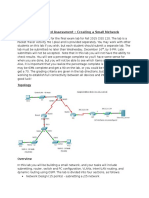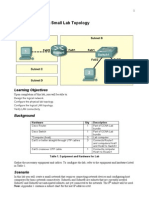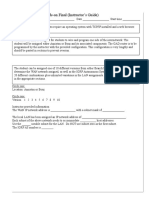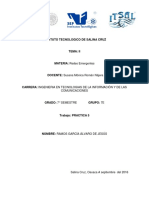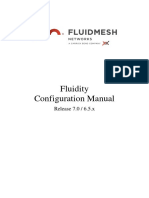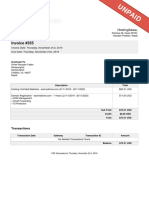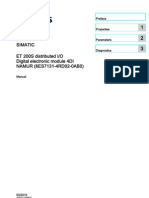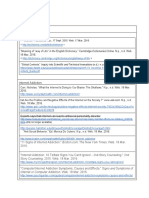0% found this document useful (0 votes)
20 views3 pagesNSA Interview Task
The document outlines a practical interview task for a Network and Systems Administrator at Egerton University, focusing on establishing network connectivity and security for the new Innovation Hub. Key requirements include configuring VLANs, inter-VLAN routing, DHCP, DNS services, NAT, and implementing an access control list. The submission must include a Packet Tracer file, a network diagram, and concise configuration notes addressing specific design choices and troubleshooting steps.
Uploaded by
katangasuacomprehensiveschoolCopyright
© © All Rights Reserved
We take content rights seriously. If you suspect this is your content, claim it here.
Available Formats
Download as PDF, TXT or read online on Scribd
0% found this document useful (0 votes)
20 views3 pagesNSA Interview Task
The document outlines a practical interview task for a Network and Systems Administrator at Egerton University, focusing on establishing network connectivity and security for the new Innovation Hub. Key requirements include configuring VLANs, inter-VLAN routing, DHCP, DNS services, NAT, and implementing an access control list. The submission must include a Packet Tracer file, a network diagram, and concise configuration notes addressing specific design choices and troubleshooting steps.
Uploaded by
katangasuacomprehensiveschoolCopyright
© © All Rights Reserved
We take content rights seriously. If you suspect this is your content, claim it here.
Available Formats
Download as PDF, TXT or read online on Scribd
/ 3
You might also like
- No ratings yetAnswer MattCisco CCNA 2 skills based assessment SBA answers 2008 completedy Answer MattCisco CCNA 2 skills based assessment SBA answers 2008 completedy Answer MattCisco CCNA 2 skills based assessment SBA answers 2008 completedy Answer MattCisco CCNA 2 skills based assessment SBA answers 2008 completedy Answer MattCisco CCNA 2 skills based assessment SBA answers 2008 completedy6 pages













